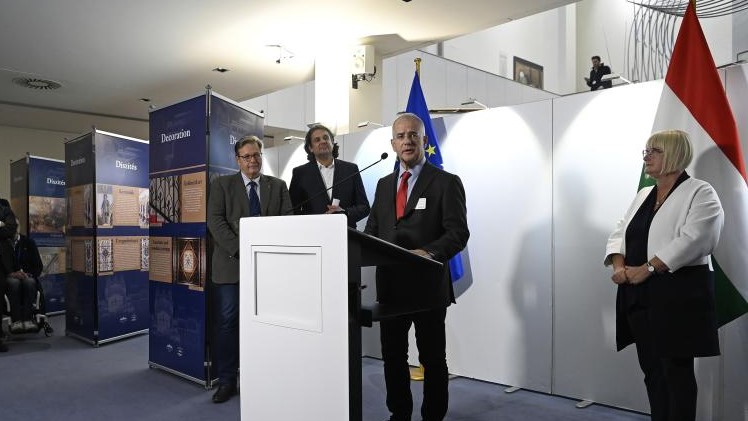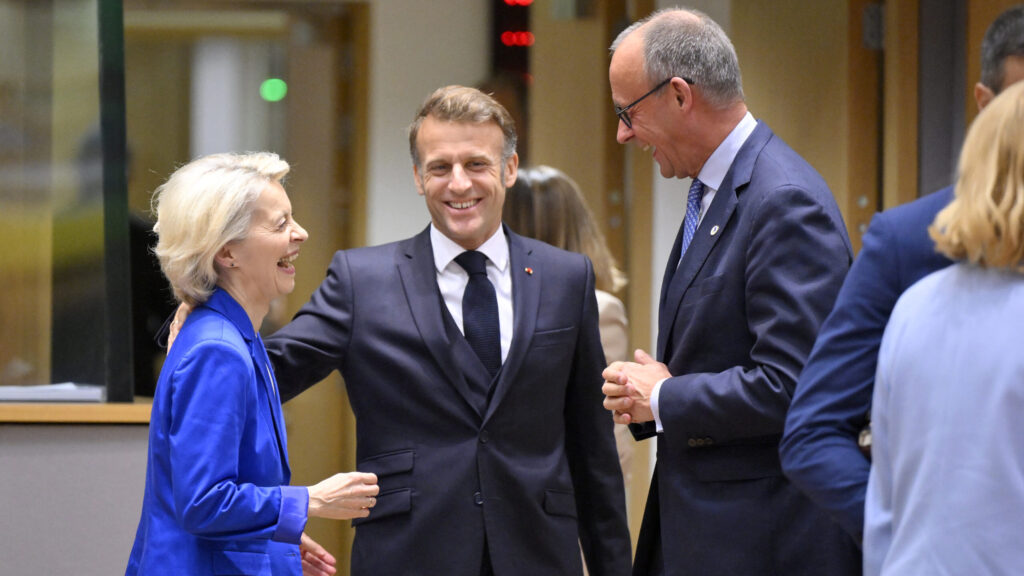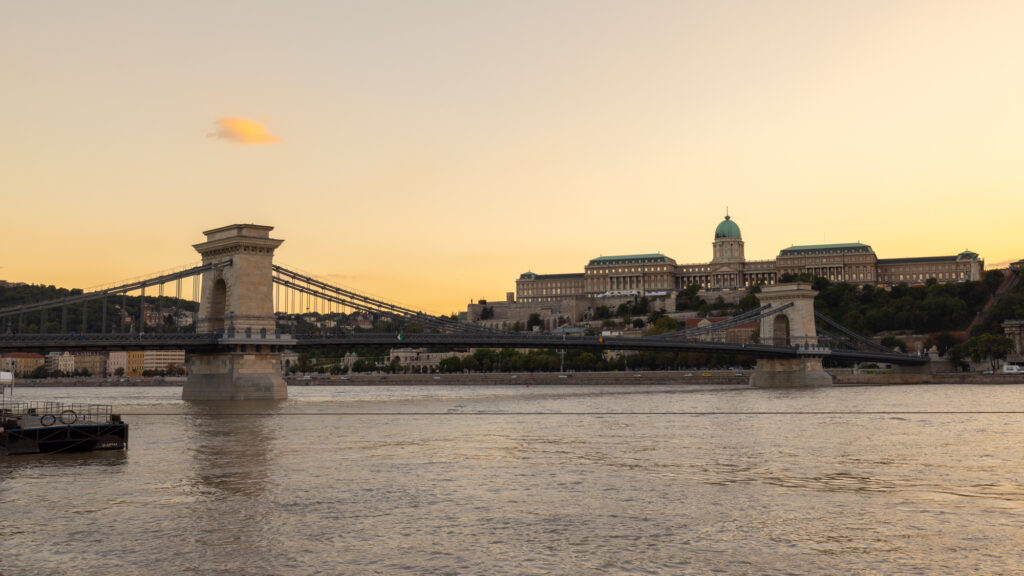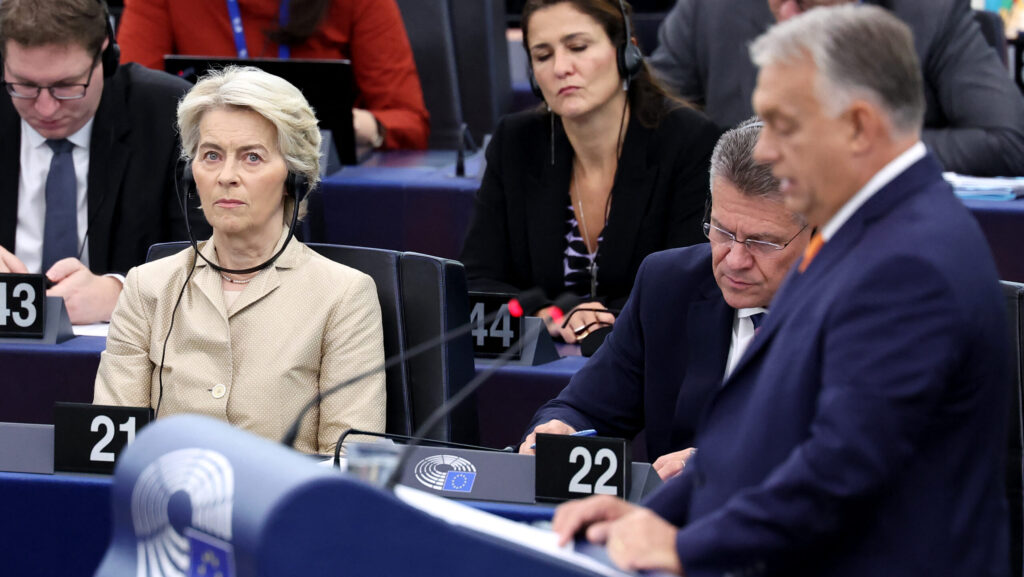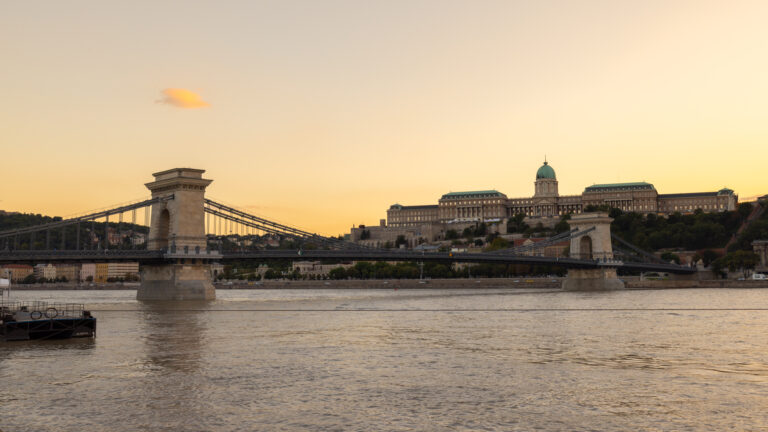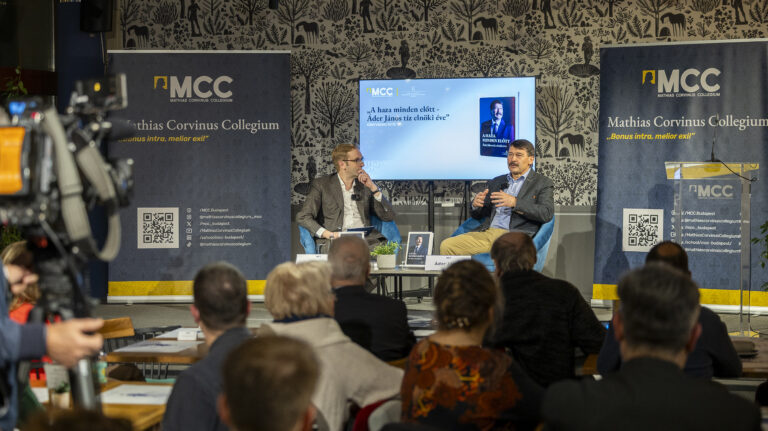A photo exhibition titled The House of the Nation: Art and Tradition in the Parliament Building opened on Tuesday at the European Parliament in Brussels as part of the Hungarian EU Presidency.
Speaking at the opening ceremony, Kinga Gál, chair of the Fidesz–KDNP delegation to the EP, stated that the exhibition highlights the architectural history, artistic treasures, and cultural significance of the Hungarian Parliament, which celebrates its 120th anniversary this year. The Parliament is undoubtedly one of Hungary’s most iconic landmarks, but, as she pointed out, the building is more than just an architectural masterpiece. ‘The House of the Nation is a symbol of our independence, sovereignty, and solidarity,’ she said.
The MEP stated that with the National Assembly building, the nation found a worthy home—one that belongs to all Hungarians, no matter where they live in the world. ‘The Parliament is not only home to the Hungarian legislative body but also to the Holy Crown, which is the symbol of Hungarian statehood,’ she stressed.
‘The House of the Nation is a symbol of our independence, sovereignty, and solidarity’
She recalled that when the Parliament was built, Hungary’s geographical position and significance were different from today. As a major European state, the country’s territory was two-thirds larger than it is now. The artefacts in the Parliament building serve as a reminder of Hungary’s rich history, its struggles, and its cultural diversity before the 1920 Trianon peace treaty. ‘After the signing of the peace treaty, a significant part of the country’s territory and a third of its Hungarian population were lost,’ she reminded. ‘This explains why this building is so symbolic for our nation,’ added Kinga Gál in her speech.
In his welcome speech, Imre Vejkey, Chairman of the Justice Committee of the Hungarian National Assembly, conveying the message of the Hungarian government, emphasized that the exhibition presenting the Hungarian Parliament in Brussels carries the message of Robert Schuman, the Luxembourg-born German French Christian Democrat politician and former French Prime Minister: ‘Europe will either be Christian, or it will not be.’
Tamás Deutsch, leader of the Fidesz–KDNP delegation to the EP, stated that the exhibited pictures provide a clearer answer than words to the question of why the Hungarian Parliament is regarded as one of the most beautiful parliaments in the world.
‘The building, a magnificent symbol of Hungary’s universal cultural achievements, embodies the enduring strength of Hungary’s continuous presence and history in Europe for almost a thousand years, as well as the strength of Hungary’s continuous Christian statehood in Europe for over a thousand years,’ Deutsch stressed in his speech.
Lajos Kósa, Chairman of the Hungarian Parliament’s Defence and Law Enforcement Committee, recalled that 112 years ago, on 7 June 1912, an assassination attempt was made against the Speaker of the House, István Tisza. The traces of the gunshots were never repaired and are still visible on the wooden cladding of the Chamber of Deputies.
Read more on the Hungarian EU Presidency:

